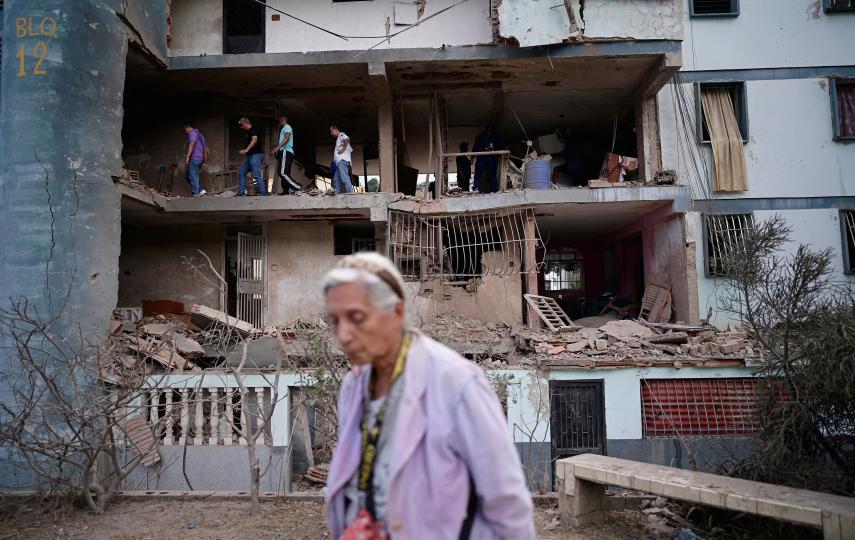While worldwide production, trafficking and consumption of illegal drugs remained stable last year, West Africa bucked the global trend and saw increased trafficking and use of cocaine and other drugs, according to the UN Office on Drugs and Crime’s 2007 World Drug Report.
“No country in West Africa is immune from the drug trafficking attack,” said Antonio Mazzitelli, the UNODC representative for West and Central Africa.
While in 2005 cocaine seizures in Africa accounted for only 0.3 percent of global seizures, the continent saw a six-fold increase in seizures of the drug between 2000 and 2005 – one of the largest increases in the world.
More than half of all African cocaine seizures are made in West Africa. Senegal, Gambia, Cape Verde and Nigeria all saw cocaine seizures increase by at least 10 percent in 2005, the report said.
“Rising levels of seizures in the region reflect the fact that this continent, notably countries along the Gulf of Guinea and off the coast of Cape Verde, are increasingly being used as a transhipment point for cocaine from South America to markets in western Europe,” the report said.
Increasing proportions of opiates, including heroin from Afghanistan, are also being trafficked to North America via Africa, the report said. Traffickers are even exploring Africa as a source for smuggling chemicals needed for methamphetamines into the United States, now that controls in Canada and Mexico are tighter.
Attractive location
West Africa is appealing to traffickers because of its geographic location, but also because of the impunity and relatively low risk many traffickers face, Mazzitelli said.
He said the Sahel belt, the extremely poor countries which mark the dividing line between north Africa and the Sahara desert and the more tropical sub-Saharan Africa region, is of particular concern for hashish trafficking.
“Those states are huge, have vast uninhabited areas, and there is very little presence by authorities. That facilitates the open gap of corridors for illicit trafficking.”
 Photo: IRIN  |
| Map of West Africa - drug smugglers haven |
At the beginning of July, Senegalese authorities made two record seizures of cocaine within days of each other, after finding an empty sailing boat with 1.2 metric tons of cocaine in Nianing. The cocaine, worth $100 million on the street, was reportedly accompanied by plane tickets from Brazil to Guinea Bissau. Six people were arrested – three of them Senegalese.
Drug use also rising
The UNODC said increased trafficking is likely much of the reason for increased drug use in West Africa. Cocaine and crack cocaine are forming new markets, most notably in Cape Verde, and to a lesser extent in Senegal. According to the UNODC report, Guinea, Sierra Leone, Ghana, and Cameroon all saw increased use.
In post-conflict countries, trafficking can also lead to instability, he said, as the army, police and politicians compete for their share of the profit.
“Where there is no industry or jobs, the money that the traffickers may be ready to pay for protection may become a big income. Many may fight to put their hands on this money.”
Emerging narco-states
Guinea Bissau, a tiny country with a sprawling archipelago of islands just south of Senegal on the West African coast, has gained a reputation as Africa’s first narco-state, a point of entry for illicit drugs coming from Latin America. The UNODC knows of more than 50 seizures of drugs in the past two years in that country alone. The biggest happened in September, when police found 674 kg of cocaine. A second bust of another 600 kg came in the spring.
In April, authorities in Burkina Faso intercepted 49 kg of cocaine on the border with Mali. In May, Mauritanian authorities discovered 630 kg of cocaine in an abandoned aeroplane near the airport in Nouadhibou, 500 km north of the capital Nouakchott.
ha/nr
This article was produced by IRIN News while it was part of the United Nations Office for the Coordination of Humanitarian Affairs. Please send queries on copyright or liability to the UN. For more information: https://shop.un.org/rights-permissions




